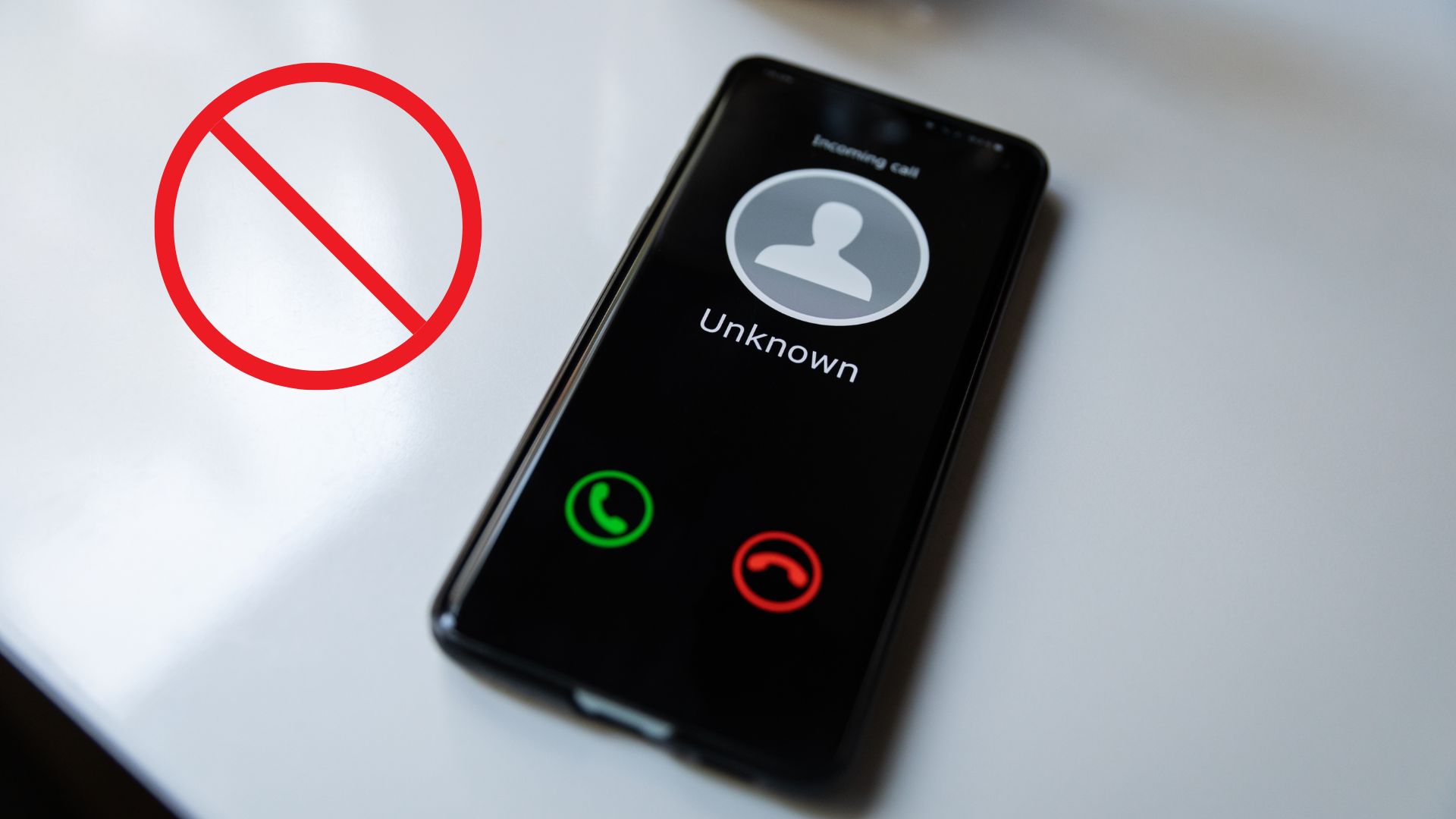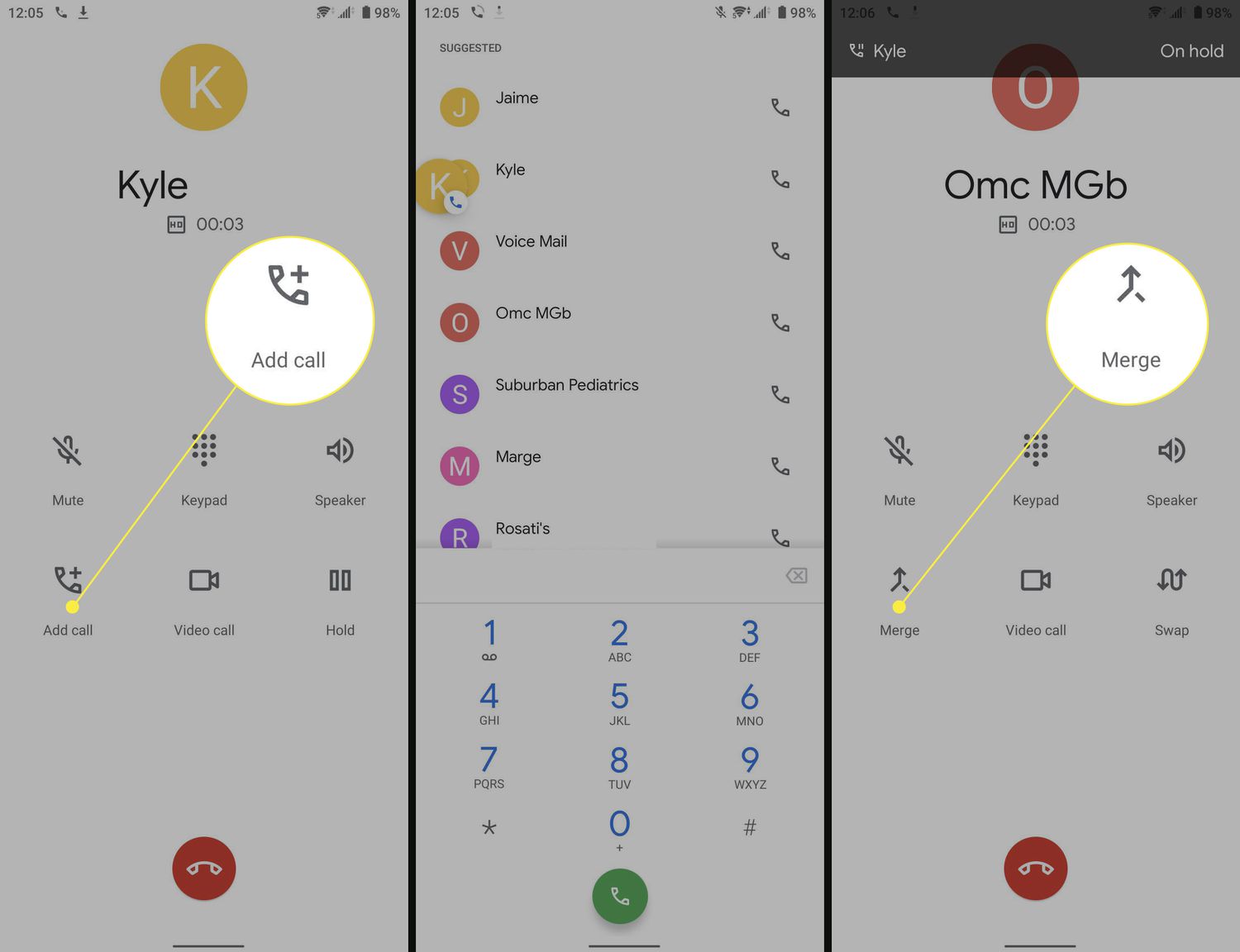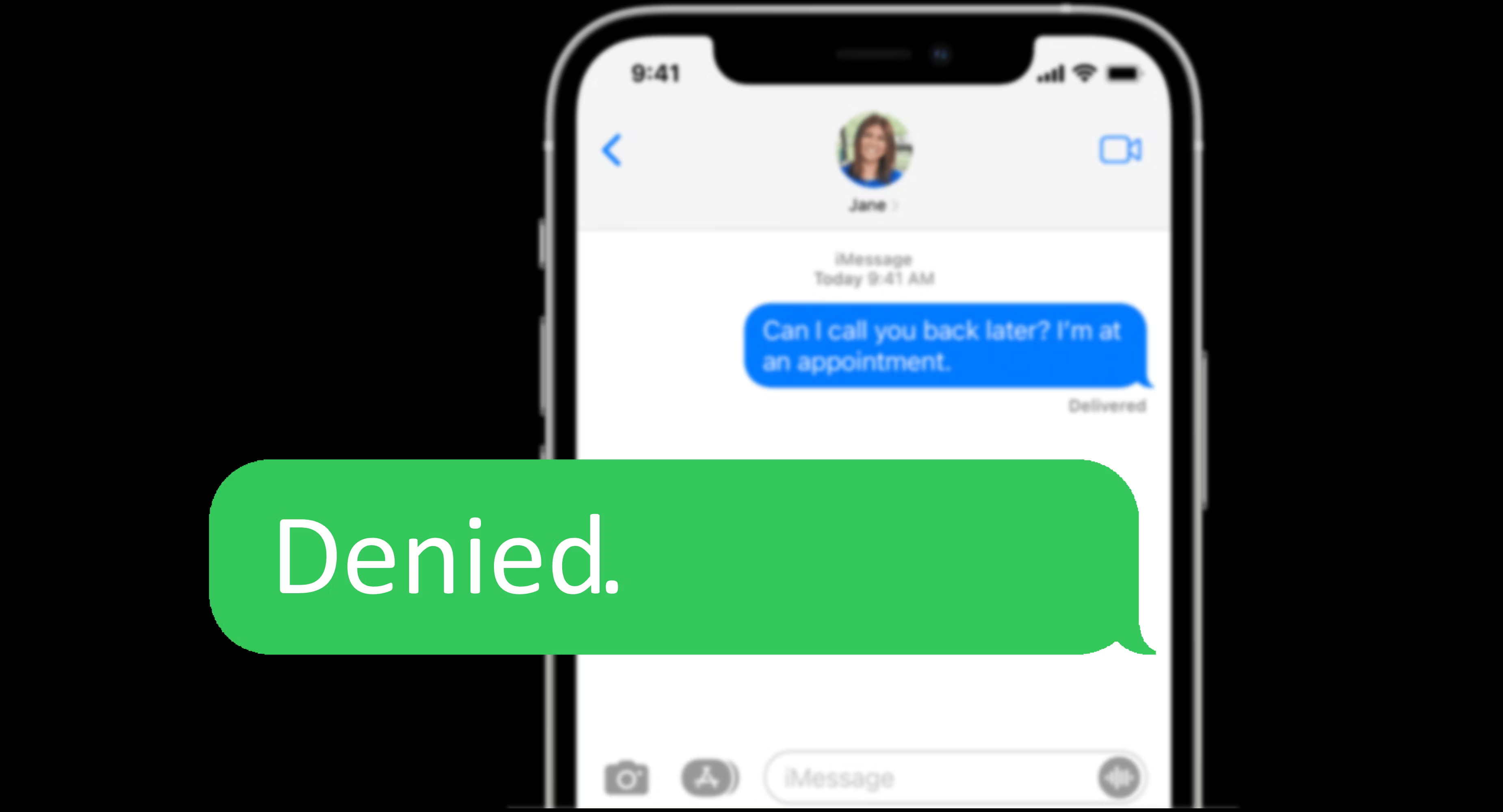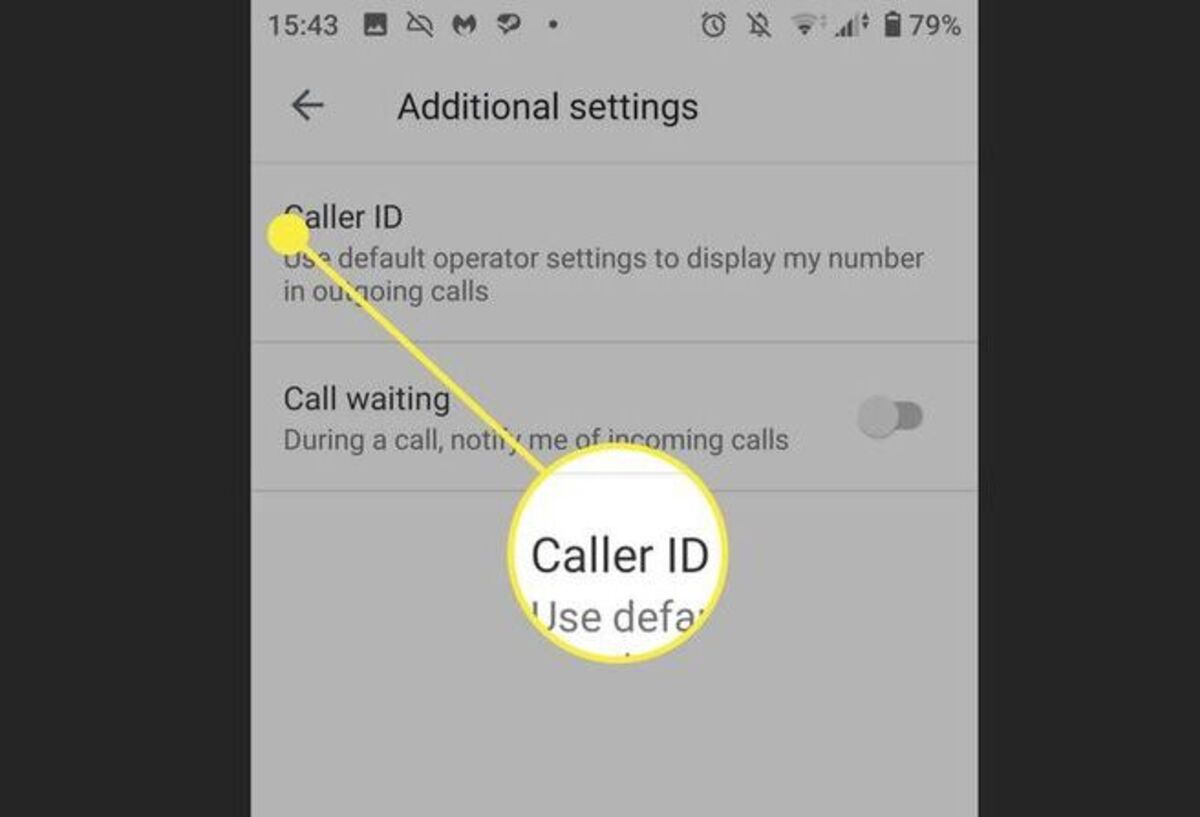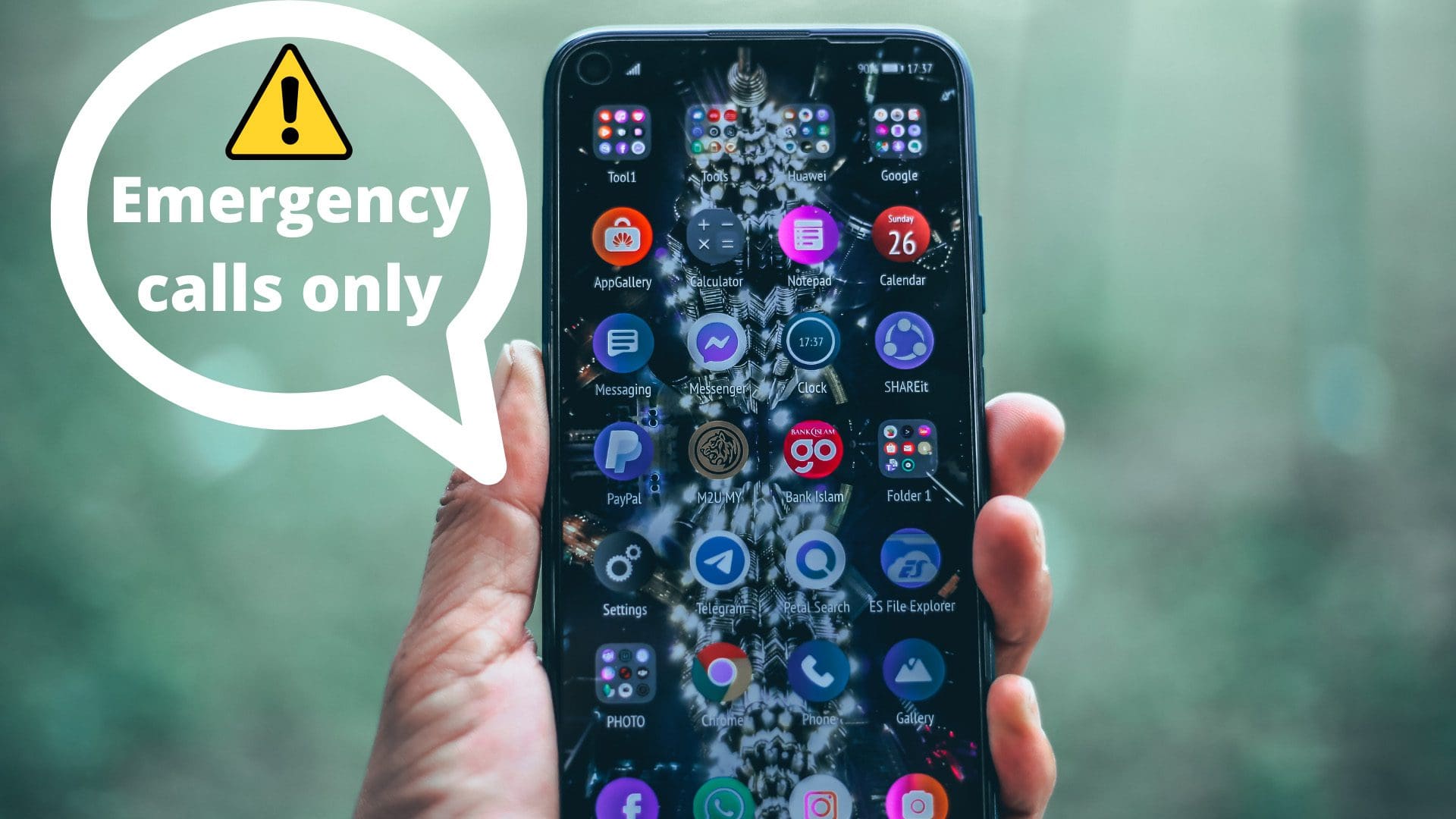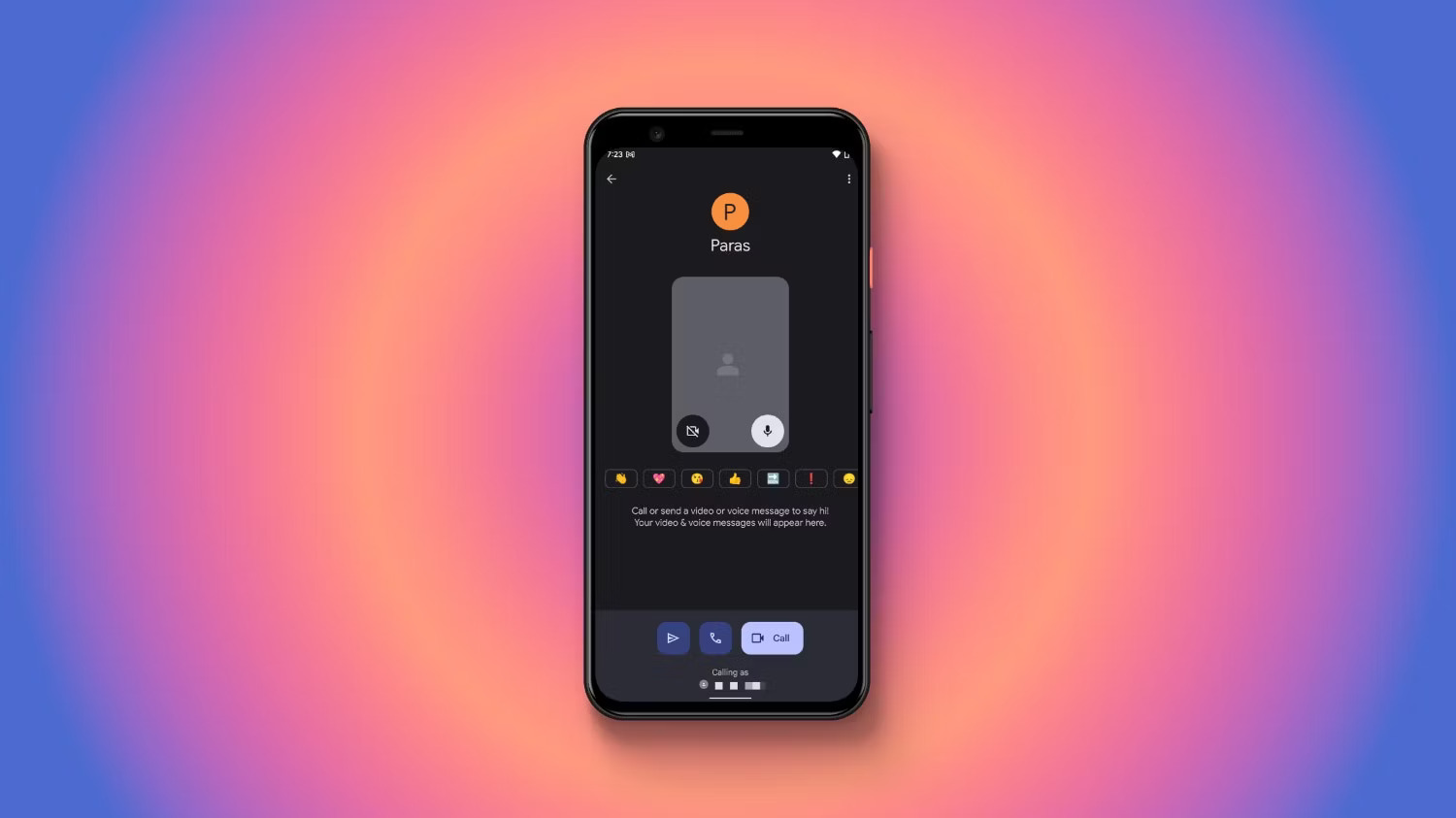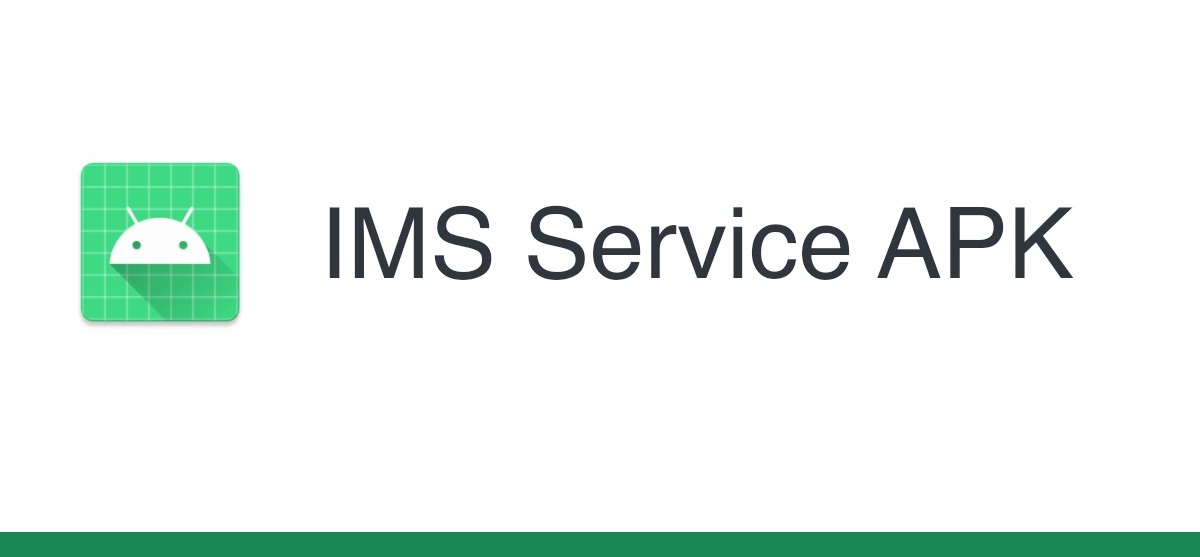Introduction
When using an Android device, you may have encountered calls that display as “Restricted” on your caller ID. These restricted calls can be a source of annoyance and uncertainty, as you may not know who is on the other end of the line or why their number is being withheld.
A restricted call refers to a phone call where the caller intentionally hides their identity by preventing their phone number from being displayed on the recipient’s caller ID. This can be done for various reasons, such as maintaining privacy, preventing call back, or even engaging in fraudulent activities.
In this article, we will explore what restricted calls are, the reasons behind them, how to identify them, and what steps you can take to deal with them effectively.
Whether you receive these restricted calls frequently or happen to come across one for the first time, understanding how to handle them will empower you to take control of your communication and protect yourself from potentially unwanted or malicious contacts.
So, let’s dive in and explore the world of restricted calls on Android, providing you with the knowledge and tools to navigate through this challenge.
What is a Restricted Call?
A restricted call is a phone call where the caller intentionally hides their phone number, preventing it from being displayed on the recipient’s caller ID. Instead of showing a specific phone number, the caller ID simply displays “Restricted,” “Private Number,” or something similar.
There are several methods that callers can use to make their calls restricted. They may dial a special code before making the call, use a feature provided by their phone carrier, or utilize third-party applications or services that mask their phone number.
The purpose of making a call restricted can vary from person to person. Some individuals may choose to withhold their number for genuine privacy concerns. For example, doctors and healthcare professionals might hide their numbers to protect patient confidentiality. On the other hand, telemarketers or scammers may intentionally hide their numbers to increase the likelihood of their calls being answered.
One important thing to note is that a restricted call does not necessarily indicate malicious intent. There may be legitimate reasons, such as sensitive business matters or personal security, for someone to keep their phone number hidden. Nonetheless, it’s crucial to remain cautious and aware of potential risks that can come with unidentified callers.
It’s worth mentioning that some calls may appear as restricted due to technical issues or network limitations. In such cases, the caller may not intentionally hide their number, but it may not be transmitted correctly to the recipient’s caller ID system.
Now that we understand what a restricted call is, let’s explore some of the common reasons why individuals choose to make their calls restricted.
Reasons for Restricted Calls
There can be multiple reasons why someone would choose to make a restricted call and conceal their phone number. Understanding these reasons can help shed light on the motivations behind such calls:
- Privacy: Many individuals value their privacy and may opt to hide their phone number when making calls. This can be particularly relevant for professionals in certain fields, such as doctors, lawyers, or counselors, who need to maintain confidentiality when contacting their clients.
- Unwanted Calls: Some individuals may hide their phone number to avoid receiving unwanted calls or to protect themselves from harassment. By withholding their number, they reduce the chances of others having access to it and potentially misusing it.
- Telemarketing: Telemarketers may choose to make their calls restricted to increase the likelihood of their calls being answered. By hiding their phone numbers, they avoid potential rejection or being blocked by individuals who are wary of unsolicited sales calls.
- Scams and Fraud: Unfortunately, scammers and fraudsters often use restricted calls to deceive unsuspecting individuals. By hiding their phone numbers, they make it harder for the recipient to recognize their intentions or trace their identity. This enables them to carry out various fraudulent activities, such as phishing, impersonation, or financial scams.
- Control: Some individuals may hide their number to have more control over their communication. By preventing their phone number from being displayed, they can initiate contact while keeping their identity private or ensuring that the recipient cannot track their personal information.
It’s important to note that not all restricted calls are associated with malicious intent. However, it is wise to exercise caution and remain vigilant when dealing with unidentified callers, especially those who refuse to disclose their identities. Understanding the motivations behind restricted calls can help you better assess the nature of the call and take appropriate measures to protect yourself if necessary.
Now that we’ve explored the reasons behind restricted calls, let’s move on to how you can identify a restricted call on your Android device.
How to Identify a Restricted Call
Identifying a restricted call on your Android device may seem challenging at first, but there are a few telltale signs that can help you recognize them:
- Caller ID Display: When you receive a restricted call, your caller ID will typically display “Restricted,” “Private Number,” or a similar message instead of showing the caller’s phone number. This is the most common indication that the call is restricted.
- Persistent Unknown Callers: If you receive multiple calls from different numbers that are all appearing as restricted, it is likely that someone is intentionally hiding their identity. This pattern may indicate a potential scam or telemarketing activity.
- Unexpected or Suspicious Calls: If you receive a call from an unknown or restricted number, especially if it is during odd hours or the caller does not provide any valid reason for the call, it’s important to exercise caution. Scammers often use restricted calls as a tactic to trick individuals into revealing personal or financial information.
- Automated or Robocalls: Many automated or pre-recorded messages, commonly used by telemarketers or scammers, may appear as restricted calls. The call may deliver a generic message, asking you to press a number or provide specific information, often with the aim of luring you into a scam.
- No Caller ID: In some cases, instead of displaying “Restricted” or “Private Number,” your caller ID may simply show “No Caller ID.” This means that the caller has intentionally withheld their number from being displayed.
It’s important to remember that while these signs can help you identify restricted calls, they are not foolproof. Some legitimate calls or technical issues may also appear as restricted. Therefore, it is essential to exercise caution and never share personal information or financial details with unknown callers, especially if they refuse to disclose their identity.
Now that we know how to identify a restricted call, let’s move on to understand the steps you can take to effectively deal with these calls.
How to Deal with Restricted Calls
Dealing with restricted calls on your Android device can be frustrating, but there are several steps you can take to effectively handle them:
- Don’t Answer: If you see a call displayed as restricted, and you’re unsure about the caller’s identity or intentions, it’s often best to avoid answering the call altogether. Let it go to voicemail or allow the call to be missed. This way, you can avoid potential risks associated with unknown or suspicious callers.
- Never Share Personal Information: Under no circumstances should you share personal information, banking details, or any other sensitive data with callers who refuse to disclose their identity or whose intention you are uncertain about. Legitimate organizations or businesses would never ask for such information over the phone without proper verification and transparency.
- Be Cautious of Call Back Requests: Some scammers use restricted calls as a way to prompt recipients to call back. They may leave a voicemail or send a text message urging you to return the call. Be cautious of these requests, as they may lead to fraudulent activities or premium rate scams that could result in unwanted charges.
- Use Call Screening Apps: Consider utilizing call screening apps or features provided by your Android device or phone carrier. These applications can automatically identify and block potential spam or restricted calls. They use crowd-sourced data and intelligent algorithms to detect and filter out unwanted callers.
- Utilize Do Not Disturb Mode: Activating the Do Not Disturb mode on your Android device during specific hours or when you expect a higher number of restricted calls can minimize interruptions. You can customize settings to allow calls only from your contacts or specific numbers, ensuring important calls are not missed while restricting unwanted calls.
Remember, prevention and caution are key when dealing with restricted calls. By staying informed, staying vigilant, and following these steps, you can minimize the risks associated with unknown callers and protect yourself from potential scams or fraud.
Next, let’s explore how you can take additional measures to block restricted calls on your Android device.
Blocking Restricted Calls
If you frequently receive restricted calls on your Android device and want to avoid them altogether, you can take steps to block these calls. Here are a few methods to consider:
- Use Built-in Call Blocking: Most Android devices have built-in call-blocking features that can help you block restricted calls. You can access these settings in the Phone app or the device’s settings menu. Look for options such as “Block Numbers” or “Call Blocking” to add restricted numbers to your block list.
- Install Call Blocking Apps: There are several call-blocking apps available on the Google Play Store that can provide more advanced features for blocking restricted calls. These apps use extensive databases of known spam numbers and allow you to create custom block lists or automatically block calls from hidden or unknown numbers.
- Contact Your Phone Carrier: Some phone carriers offer services or features to block restricted calls. Get in touch with your carrier’s customer service and inquire about any options available to block or filter out such calls. They may provide additional solutions or advice specific to your carrier.
- Create Do-Not-Call List: Register your number on the National Do-Not-Call Registry, which is a list used by legitimate telemarketers to identify individuals who do not wish to receive unsolicited calls. While this may not directly block restricted calls, it can reduce the number of unwanted calls you receive overall.
- Manually Block Numbers: If you receive restricted calls from specific phone numbers repeatedly, you can manually block those numbers on your Android device. Open your call log or contact list, find the number you want to block, select the option to block or blacklist the number, and follow the prompts to add it to your block list.
By utilizing one or more of these methods, you can significantly reduce the frequency of restricted calls and regain control over your incoming calls.
However, it’s important to keep in mind that some scammers and telemarketers may use methods to mask or change their numbers, making it difficult to block all restricted calls completely. Therefore, it’s crucial to remain vigilant and employ a combination of call blocking measures to enhance your protection.
Now, let’s discuss the importance of reporting restricted calls and how you can take action against them.
Reporting Restricted Calls
If you receive restricted calls that you believe may be associated with scams, fraud, or other illicit activities, it is important to report them. Reporting such calls can help authorities take action and prevent others from falling victim to similar schemes. Here’s how you can report restricted calls:
- Federal Trade Commission (FTC): In the United States, you can file a complaint with the FTC, either by visiting their website or calling their toll-free number. The FTC collects information on unwanted and fraudulent calls to identify patterns and take legal actions against the responsible parties.
- Your Local Authorities: If you believe that the restricted calls you are receiving involve potential threats or criminal activities, consider reporting them to your local authorities. Provide them with as much information as possible, including the date, time, and any details you have about the calls. This can help law enforcement agencies investigate and take appropriate action.
- Phone Carrier: Inform your phone carrier about the restricted calls you are receiving. While they may not be able to take direct action against the callers, they can provide guidance, escalate the issue internally, or block specific numbers from their network if they are associated with fraudulent or harassing activities.
- Consumer Protection Agencies: Check if your country or region has consumer protection agencies or organizations dedicated to addressing issues related to unwanted calls and scams. These agencies often have resources and reporting mechanisms in place to deal with restricted calls.
By reporting restricted calls, you contribute to the effort of combating fraudulent activities, protecting yourself and others from potential harm, and raising awareness about the prevalence of these types of calls.
Keep in mind that reporting restricted calls may not lead to immediate resolution or action, as authorities need sufficient evidence and resources to investigate and take legal measures. Nonetheless, every report counts and helps in building a comprehensive database that can assist in identifying and prosecuting offenders.
Now that we’ve covered the importance of reporting restricted calls, let’s summarize what we’ve learned so far.
Conclusion
Restricted calls on Android devices can be a source of frustration and uncertainty. Understanding what restricted calls are, the reasons behind them, and how to deal with them effectively can empower you to take control of your communication and protect yourself from potential risks.
In this article, we explored the concept of restricted calls and learned that they involve intentional hiding of the caller’s phone number. We discussed various reasons why individuals may choose to make their calls restricted, ranging from privacy concerns to fraudulent activities.
We also provided insights on how to identify restricted calls, including signs to look out for, such as a “Restricted” or “Private Number” displayed on your caller ID. By recognizing these signs, you can make informed decisions about how to handle calls from unknown or suspicious numbers.
To effectively deal with restricted calls, we discussed practical steps you can take, such as not answering the call, avoiding sharing personal information, and utilizing call screening apps or features offered by your Android device or phone carrier. These measures can help you minimize the risks associated with unidentified callers.
If you frequently receive restricted calls, blocking them can provide further relief and security. We explored different methods for blocking restricted calls, including built-in call-blocking features, call-blocking apps, and manually blocking specific numbers. Adding numbers to your block list can help reduce the frequency of unwanted calls.
Additionally, we highlighted the importance of reporting restricted calls, as it helps authorities take necessary actions against scammers, fraudsters, and other individuals engaging in illicit activities. By reporting these calls to organizations such as the FTC or local authorities, you contribute to the collective effort in combating unwanted and fraudulent calls.
Remember, while taking these precautions can significantly mitigate the risks associated with restricted calls, it’s essential to stay vigilant and exercise caution when dealing with unknown callers. By staying informed, using the available tools, and trusting your instincts, you can stay in control of your communication and protect yourself from potential harm.
Thank you for reading this guide on dealing with restricted calls on Android devices. Stay cautious, stay informed, and stay empowered!







